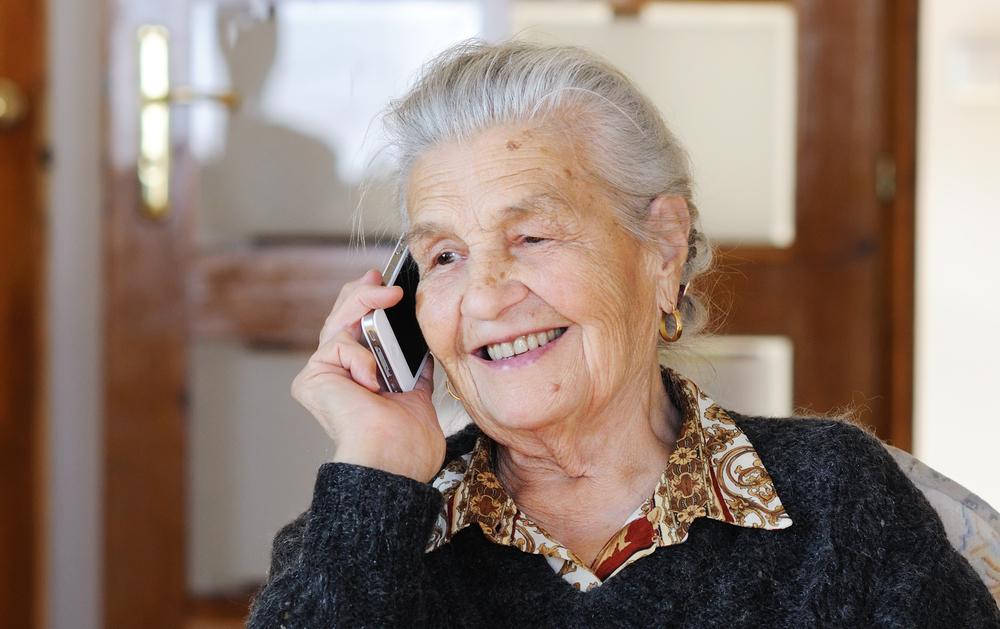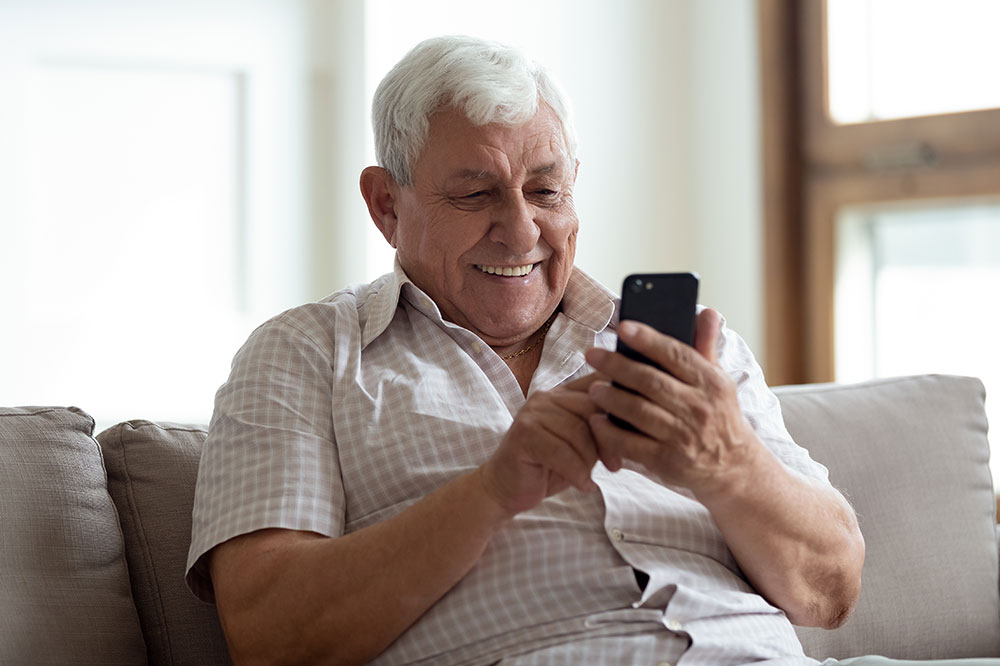Comprehensive Guide to Free Cell Phone Options for Seniors: Stay Connected Effortlessly
This comprehensive guide explores various options and programs that enable seniors to access free or discounted cell phones. It covers eligibility requirements, available providers, and application procedures, ensuring seniors stay connected for emergencies and everyday communication. Designed to bridge the digital divide, this article emphasizes how these affordable mobile solutions enhance independence, safety, and social engagement for seniors on limited incomes.

Free Cell Phone Resources for Senior Citizens
In today’s digital world, staying connected is more important than ever, especially for senior citizens who wish to maintain their independence, access emergency services, and stay in touch with loved ones. Fortunately, numerous programs and initiatives are designed to help seniors with limited income acquire free or heavily discounted cell phones. One of the most prominent initiatives is the Lifeline Assistance Program, which aims to bridge the digital divide by providing affordable communication options to those who need it most.
Understanding how to access these resources, verify eligibility, and choose the best plan options can significantly enhance a senior’s quality of life. This comprehensive guide will explore all aspects of obtaining free cell phones for seniors, including program eligibility, available providers, and how to apply for assistance, ensuring every senior can remain connected in today’s technology-driven society.
The affordability of mobile devices is crucial for many seniors, especially those on fixed incomes. Several wireless carriers nationwide offer free or highly discounted cell phones along with affordable plans tailored to limited usage. These devices typically feature essential functions such as caller ID, voicemail, texting, and call waiting, which are fundamental for staying connected and responding to emergencies. To qualify for these benefits, applicants need to demonstrate participation in qualifying government assistance programs, proof of income, or residency in specific regions.
Qualifying programs encompass a wide range of assistance initiatives, including:
Food Distribution Program on Indian Reservations (FDPIR)
Head Start (income-based)
Federal Public Housing Assistance (Section 8)
Supplemental Security Income (SSI)
Tribally-Administered Temporary Assistance for Needy Families (TTANF)
Supplemental Nutrition Assistance Program (SNAP or Food Stamps)
Medicaid
Temporary Assistance for Needy Families (TANF)
Federal School Lunch Program
Bureau of Indian Affairs Assistance
Low Income Home Energy Assistance Program (LIHEAP)
Additionally, many seniors and low-income individuals qualify if their household income is below 135-150% of the Federal Poverty Guidelines, which vary by state and are updated annually. These programs enable eligible individuals to access basic mobile services without hefty costs, ensuring they are never disconnected during emergencies or everyday communication needs.
Prepaid and no-contract mobile phones serve as excellent options for seniors who do not need extensive usage plans. Major mobile providers such as AT&T, Verizon, and T-Mobile, along with independent providers like Virgin Mobile, Cricket Wireless, Net10, and Tracfone, offer free or discounted phones designed with simplicity and affordability in mind. These plans typically include a set number of minutes, texts, and sometimes data, all usable within a specific time frame. Since they do not require credit checks or lengthy contracts, these options are ideal for seniors seeking flexible, cost-effective communication solutions.
To locate local providers participating in the Lifeline program, seniors can visit the official Lifeline Assistance Program website and enter their zip code. This tool helps identify authorized providers in the area, making the application process more straightforward. Applications for free or discounted phones can often be completed online or directly through participating providers. Seniors or caregivers who need assistance can also contact local telecom providers, which coordinate with the Universal Service Fund’s Low Income Program to facilitate reimbursement and support for eligible applicants. For each qualifying application, providers are required to submit Form 497 under programs like Link Up or Lifeline, ensuring transparency and support for low-income consumers.
In conclusion, accessing free cell phone services is an achievable goal for many seniors with limited income. Multiple federal and state programs are dedicated to ensuring that older adults have the means to stay connected, access emergency services, and maintain social ties. By understanding eligibility criteria, available providers, and application procedures, seniors can take full advantage of these programs. Remaining connected in today’s digital age not only provides peace of mind but also fosters independence and social engagement, significantly enriching the lives of our beloved seniors.





